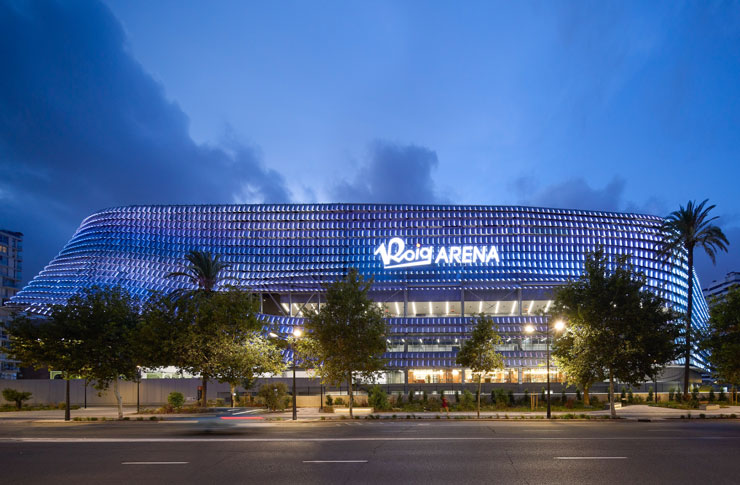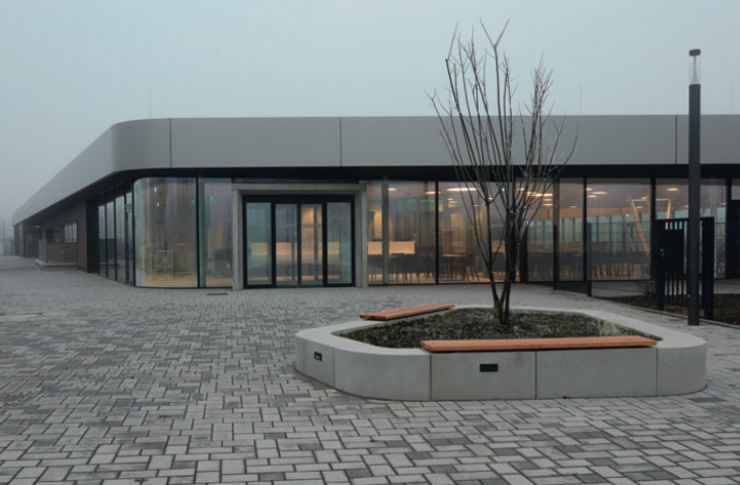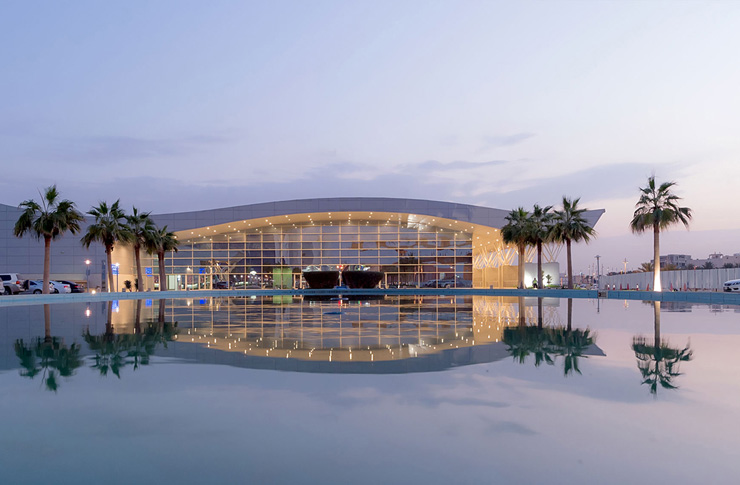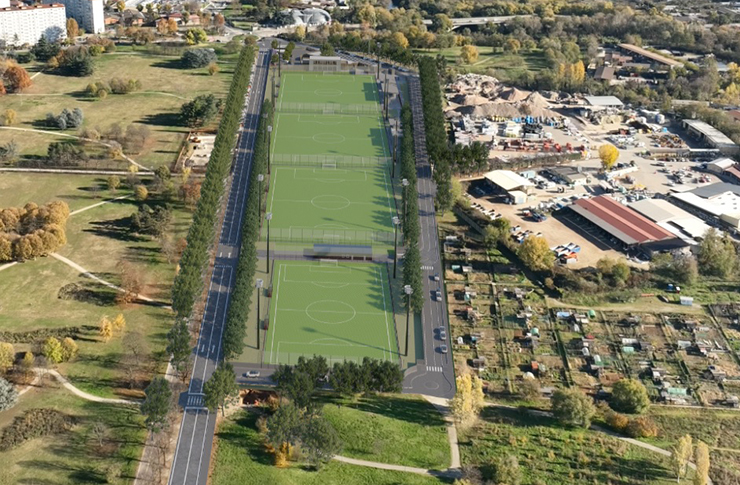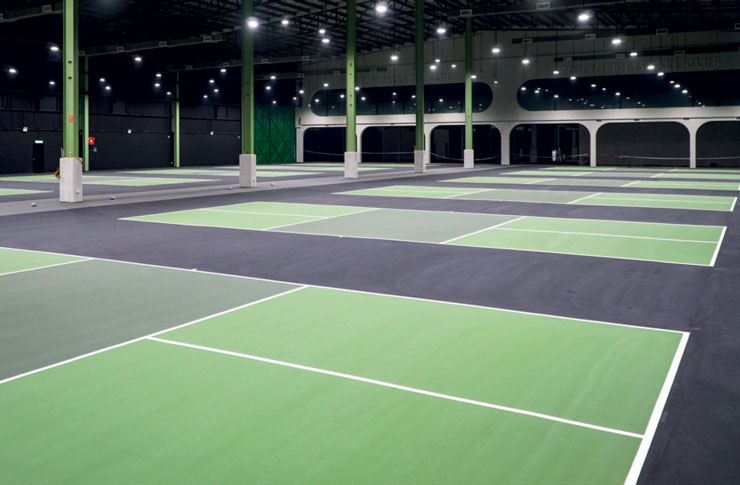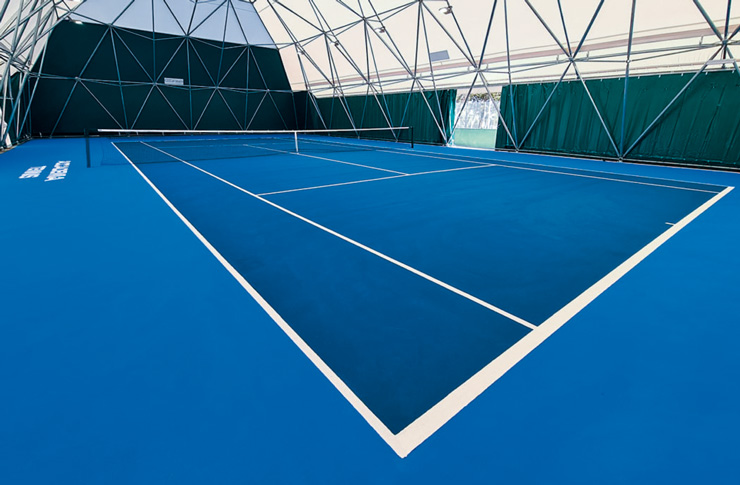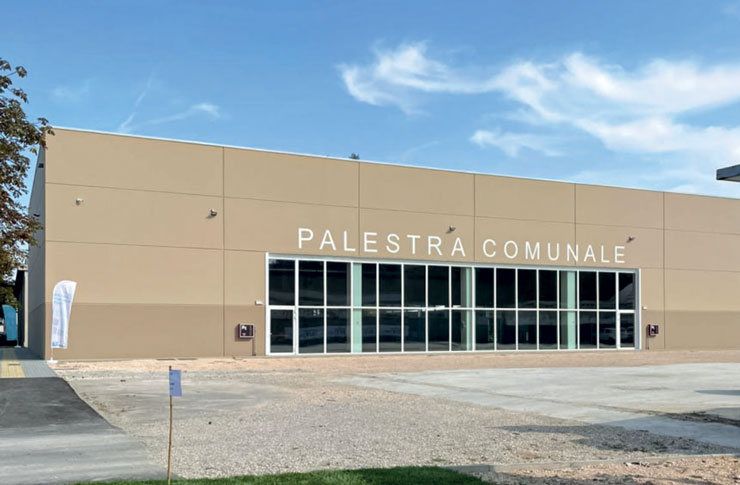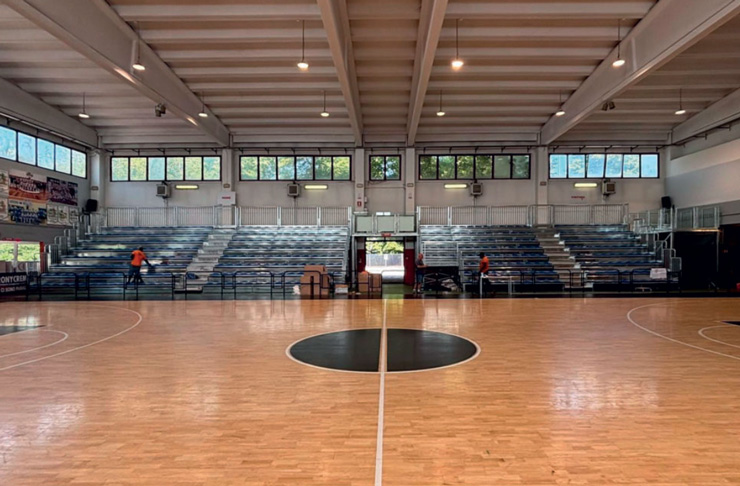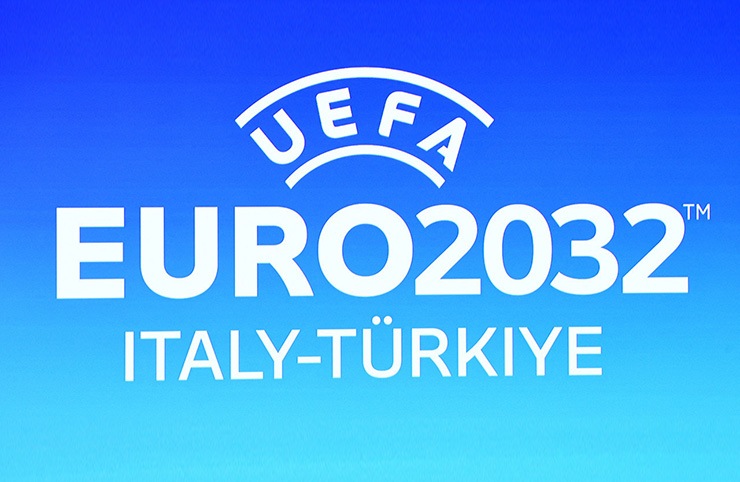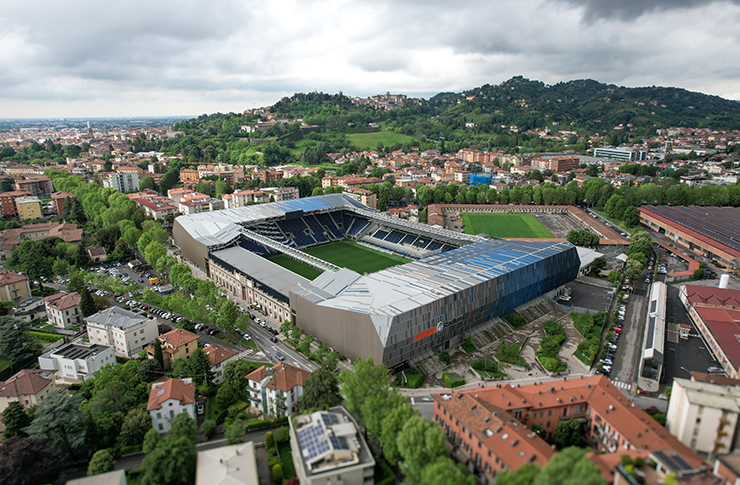Should the big stadium be built inside or outside the urban context? The theme of the relationship between the stadium and the city resurfaces when reading the DOCFAP (Feasibility Document) presented by Inter and Milan for the San Siro area.
The stadium and the city

Extract from: DOCFAP “Nuovo stadio di Milano” (Project coordination: Populous Limited).
Historical stadiums, even if they were born in the suburbs, have all been incorporated into the city. The question then arises as to whether, in the necessary modern-day renovation, one should preserve the position acquired over time or remove the constraints given by the urban context by moving outside.
As a necessary premise, the choice should be made upstream, in territorial and urban planning: in Italy, however, the relocation of a new ‘large stadium’ almost always requires variants to the current Regulatory Plans, so much so that we need a ‘stadium law’ that allows for its approval with facilitated procedures.
Looking at what happens in other countries, starting with the United Kingdom (which serves as a bit of a guide on how a modern ‘European’ stadium should be managed), a close relationship between the large sports facility and the city seems to be favoured. The opportunity to redefine the sports facility becomes an opportunity to redevelop (or regenerate) the surrounding urban context itself, as we have often seen beginning with London stadiums.
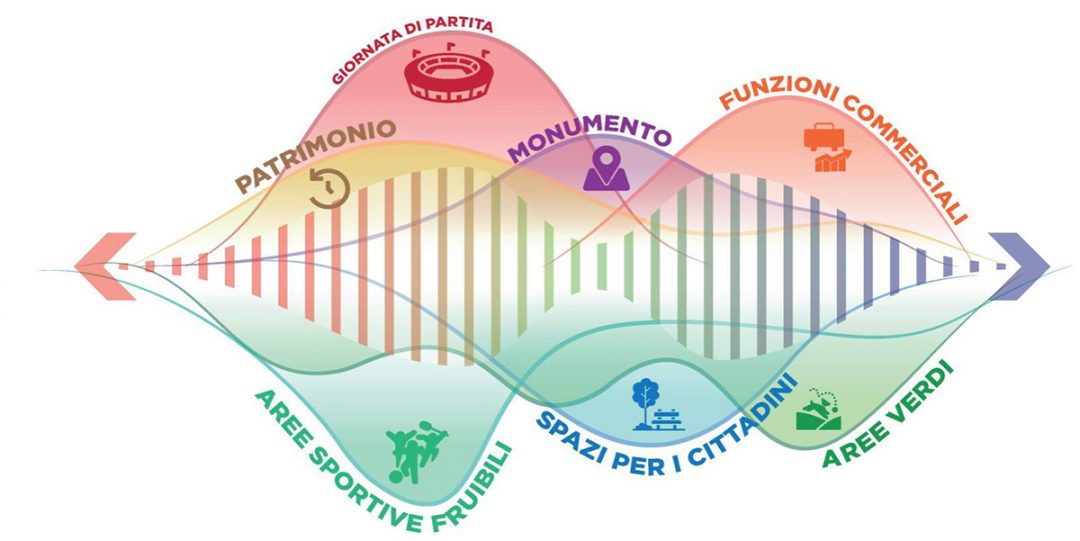
This is what the proposal of the two Milan football clubs attempts to do. On 11 March last, they presented the ‘DOCFAP’ (Documento di Fattibilità delle Alternative Progettuali – Feasibility Document of Design Alternatives) to the Milan City Council regarding the San Siro area including the G. Meazza stadium (see news here). The proposal by F.C. Internazionale and A.C. Milan aims at ‘the regeneration of the San Siro area, the construction of a new stadium, the re-functioning of the current facility and the development of a redevelopment scenario’. The voluminous document devotes ample space to the ‘urban regeneration of the entire district, with the creation of the stadium as a new urban and social catalyst for the area’.
We will not delve into what is yet another phase in the now long-running story of Milan’s new stadium, but we do take the opportunity to reason on how the large facility can actually be the trigger for an overall redevelopment of the texture of a part of the city.

